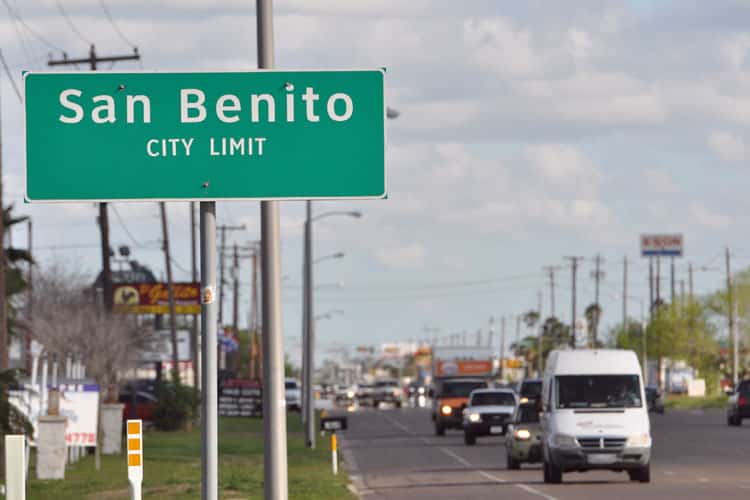SAN BENITO — Facing rising costs across the city’s departments, officials are trying to balance a proposed $14.9 million general fund budget coming with a water rate hike targeting businesses.
Earlier this week, City Manager Manuel De La Rosa proposed the budget coming with $15.19 million in expenditures.
“Definitely, we want to create a balanced budget,” City Commissioner Rene Garcia said Wednesday.
On Wednesday, officials said the city’s fund balance had not been set.
Last year, commissioners passed a $14.9 million budget for the current year.
Rising costs
Commissioners are facing rising costs as they plan the budget which keeps the property tax rate at 72 cents per $100 valuation.
“It’s going to be a tough year,” Garcia said. “We’re looking at what the needs of the city are. With inflation, everything’s costing a lot more money.”
For the police department, projected fuel costs are jumping from $86,905 to $121,000, Commissioner Pete Galvan said.
“The chemicals — diesel’s going up,” Mayor Rick Guerra said. “Our asphalt went up. Gas prices are going down a little — not too much.”
Street maintenance fund
For the upcoming fiscal year, De La Rosa is keeping the city’s street maintenance fund at $2.2 million.
Each year, officials set aside about $450,000 to fund street paving jobs.
Meanwhile, asphalt costs are rising.
“We’re trying to see if we can get more streets,” Guerra said. “A lot of streets need to be looked at. There are hopefully major streets we’re looking at. On Robertson Street there are areas that need to be looked into.”
Water rate hike
Come Oct. 1, officials are planning the first of a series of water rate hikes to hit businesses as part of a plan to pull the utility system out of the red.
For years, previous city administrations held off on raising rates, leading the utility system’s annual deficits to swell to $2.8 million.
To offset annual shortfalls, officials have been dipping into the city’s general fund budget.
After months of debate, commissioners last month set commercial water rates to climb by 8.3 percent to as much as 9.8 percent each year over five years, based on water usage, starting in October.
Meanwhile, households are getting a two-year break before their rates start climbing by 10 percent over a five-year period starting October 2024.
In the meantime, commissioners are pulling $3.8 million from the city’s $9 million share of the American Rescue Plan Act to help subsidize the utility system until household water rates kick in.
“That’s what saved us,” Guerra said, referring to the big stimulus check. “It held us a little longer.”
Freeing up the general fund
During the upcoming fiscal year, the boost in commercial water rates along with the infusion of federal stimulus money are expected to help free up cash in the city’s general fund.
“I’m not saying it’s going to free up a lot of money,” Guerra said. “It’s a big help. That’s money we’re going to see what we can use for.”
But rising costs are also tightening the utility system’s budget.
As part of the overall proposed budget, De La Rosa is projecting the cost of chemicals used to treat water at the city’s old water plant to jump from $177,080 to $407,000, Galvan said.
At the new water plant, chemical costs are projected to climb from $177,080 to $474,000, he said.





